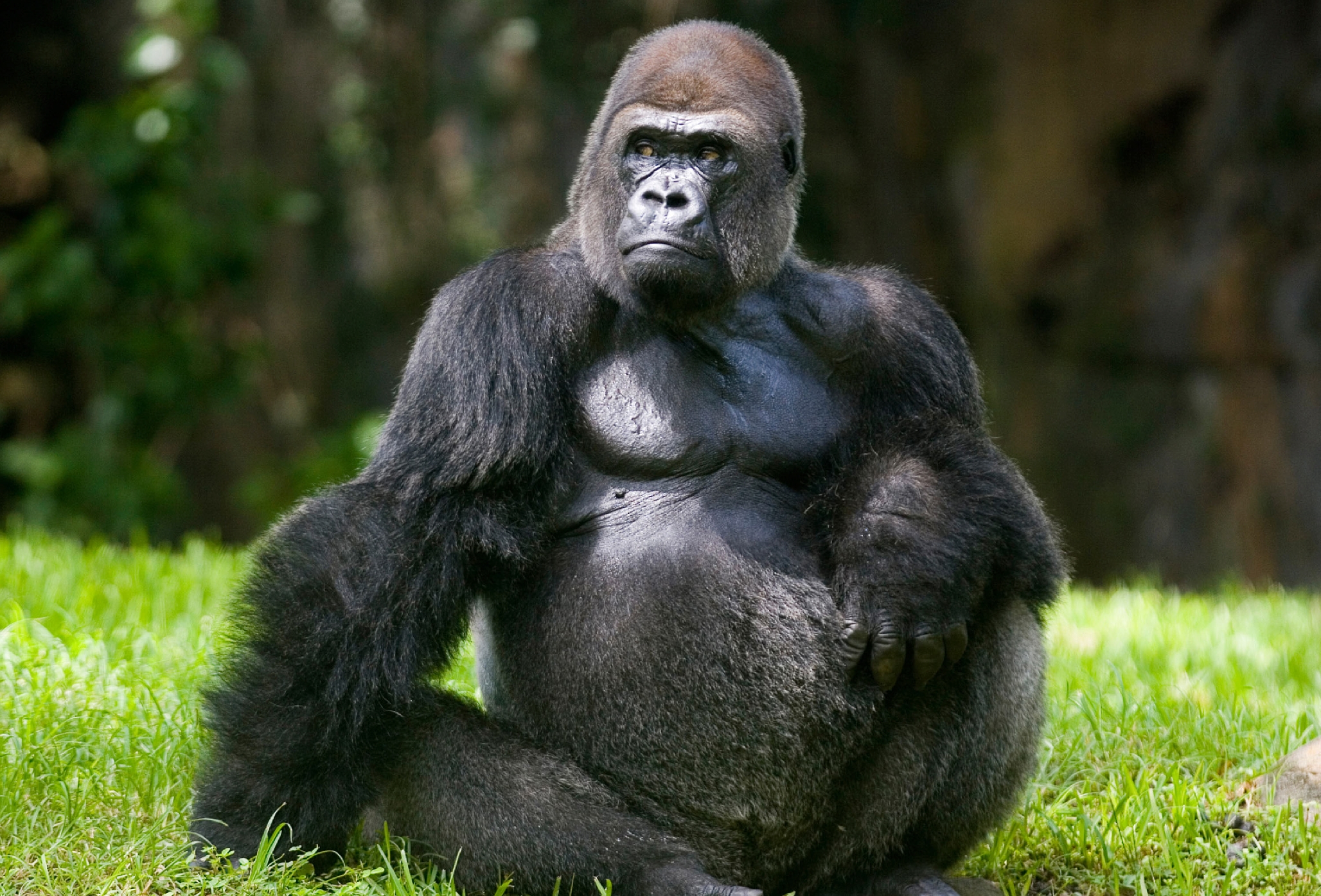The population of the world’s largest ape has collapsed during the last many years. Fewer than four 000 Grauer’s gorillas continue to be in the wild, and now conservationists warn that the animals are susceptible to extinction. Officers from the International Union for Conservation of Nature (IUCN) announced Sunday (Sept. four) that they’re elevating the threatened reputation of the Grauer’s gorilla from “endangered” to “severely endangered,” the highest class before extinction.
“Crucial endangered popularity will boost the profile of this gorilla subspecies and produce attention to its plight,” Andrew Plumptre, the lead author of the new listing, said in an announcement. “It has tended to be the neglected ape in Africa, despite being the largest ape inside the world.” [Image Gallery: 25 Primates in Peril] Grauer’s gorillas (Gorillas being graders) are a subspecies of the gap gorilla. They are determined in fragmented woodland habitats in the Japanese, a part of the Democratic Republic of Congo. They especially subsist on fruit and other flowers and may grow to five. Five ft (168 cm) tall and weigh as much as 440 lbs. (2 hundred kg).

In advance this 12 months, the Wildlife Conservation Society and Fauna and Plantlife Global launched a report documenting the a77-percent drop in the range of Grauer’s gorillas throughout a single era, from an envisioned 17,000 people in 1995 to a few,800 nowadays. The authors of the file pointed to bushmeat looking and civil battles in the DRC as drivers of the populace crumbling and encouraged the species to be critically endangered.
Related Articles :
- Can IS survive the killings of its core leadership?
- Oklahoma earthquake among strongest in state history
- Pat Hickey’s allegations remind the world that IOC is as out-of-date as Fifa
- PM Narendra Modi’s auctioned suit enters Guinness Book of World Records
- MSC Meraviglia sets sail; features augmented reality and Cirque du Soleil
the new list method that everyone gorillas —together with Japanese and western gorillas —is now considered seriously endangered. The alternative subspecies of the Japanese gorilla is the mountain gorilla (Gorilla being), which is already indexed as seriously threatened. The populace of mountain gorillas has but has been increasing. There are now a predicted 880 individuals, up from approximately 300 in 2008, keeping with the IUCN’s present-day information.
The modifications to the IUCN’s Purple List of Threatened Species have been introduced at the organization’s global Conservation Congress in Hawaii. A few of the different species whose threatened fame become raised became the plains zebra (Equus quagga), which was once taken into consideration as a species of “least difficult” but is now “close to threatened.” The animal populace in Africa dropped to 24 percent over the past 14 years, from around 660,000 people to simply over 500,000 animals, primarily due to hunting, consistent with the IUCN.
In a bit of excellent information, the massive panda (Ailuropoda melanoleuca), which was indexed as endangered when you considered it in 1990, had its reputation downgraded to “inclined.” The IUCN lauded conservation efforts that have helped increase the panda population in China but warned that climate exchange should wipe out a massive chew of the bears’ bamboo habitat during the subsequent century.


















